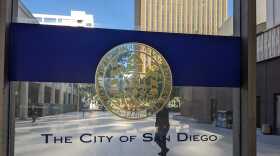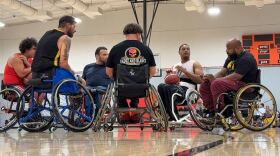When videos surfaced in February of self-proclaimed Islamic State terrorists storming museums in Mosul, Iraq, and using sledgehammers to destroy 7th century artifacts, UC San Diego archeology student Matthew Vincent was devastated.

"I was gutted. It’s irreplaceable. It’s absolutely heartbreaking," said Vincent, a doctoral candidate studying in Jordan as a fellow with the Initial Training Network for Digital Cultural Heritage.
Got Photos?
Iraqi immigrants and others who might have photographs of destroyed museum artifacts are being encouraged to participate in Project Mosul.
Archeologists will use the images to create a virtual museum. Here's how to participate in the crowdsourcing effort.
Vincent and a team of cyber archeologists are working to preserve the memory of the lost heritage by crowdsourcing for photographs from tourists and Iraqis. They will use the photos to create three-dimensional images to be stored in a virtual museum.
The process is called photogrammetry. It uses a computer program to turn multiple two-dimensional photographs of a single object into three-dimensional images.
"Photogrammetry basically replicates what our eyes do," Vincent said. "Our eyes have two pictures at any given time, and it’s creating two single images into a stereographic pair. So we see depth and we understand depth."
Vincent said the program finds common features and points from groups of images.
"These images are taken from all around an object — so different angles, different perspectives, different distances," he said.
The final result is a 3D model, which Vincent hopes will eventually contribute to the physical restoration of the artifacts.
"That 3D model could potentially be printed," he said, though there's no way to guarantee the validity of the color and scale of the reconstruction.
Project Mosul has been launched by Vincent and his team to encourage people across the world to get involved by uploading and sorting photographs, and assisting in the digital rebuilding process.
"People from every walk of life can be involved with a project like this," Vincent said. "If people can code they can contribute to that. If people have traveled over there and have photos, they can contribute that way."






